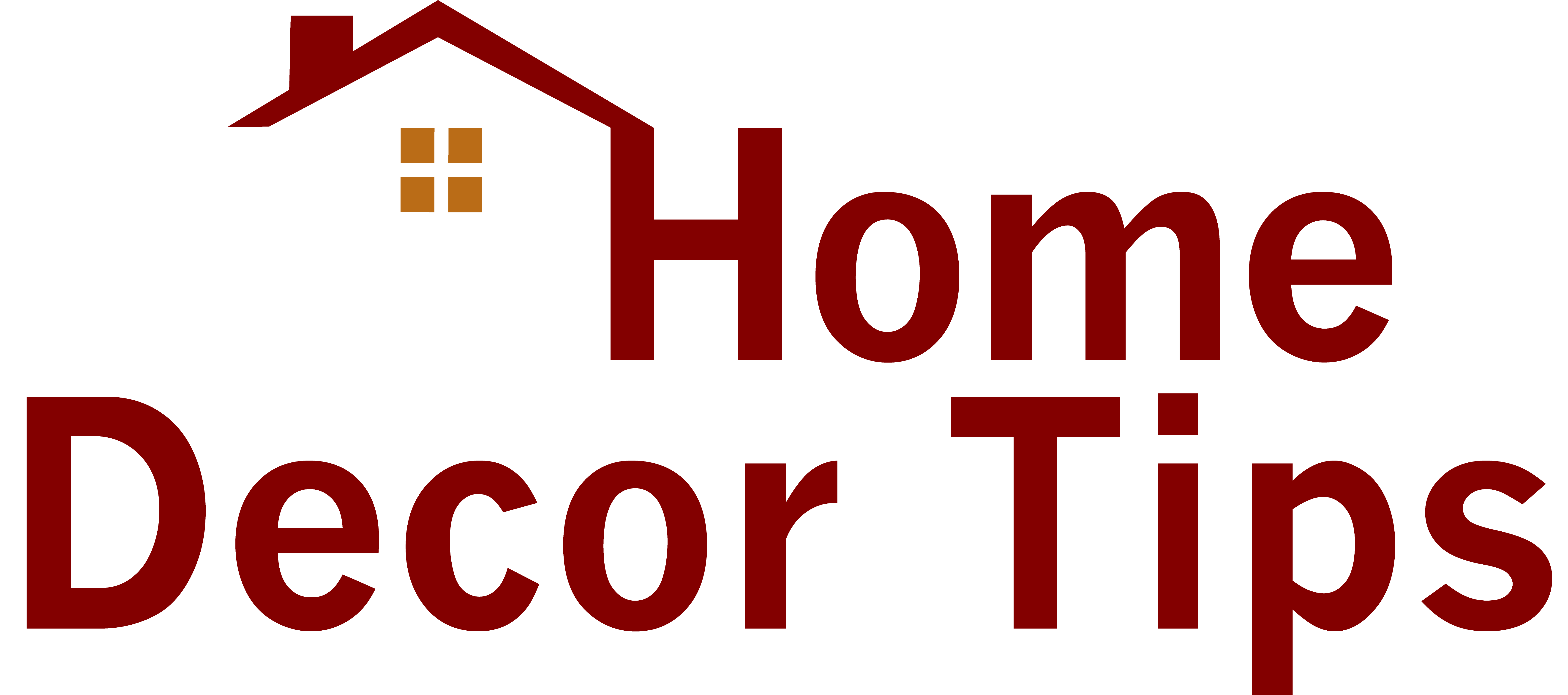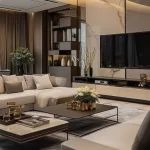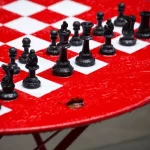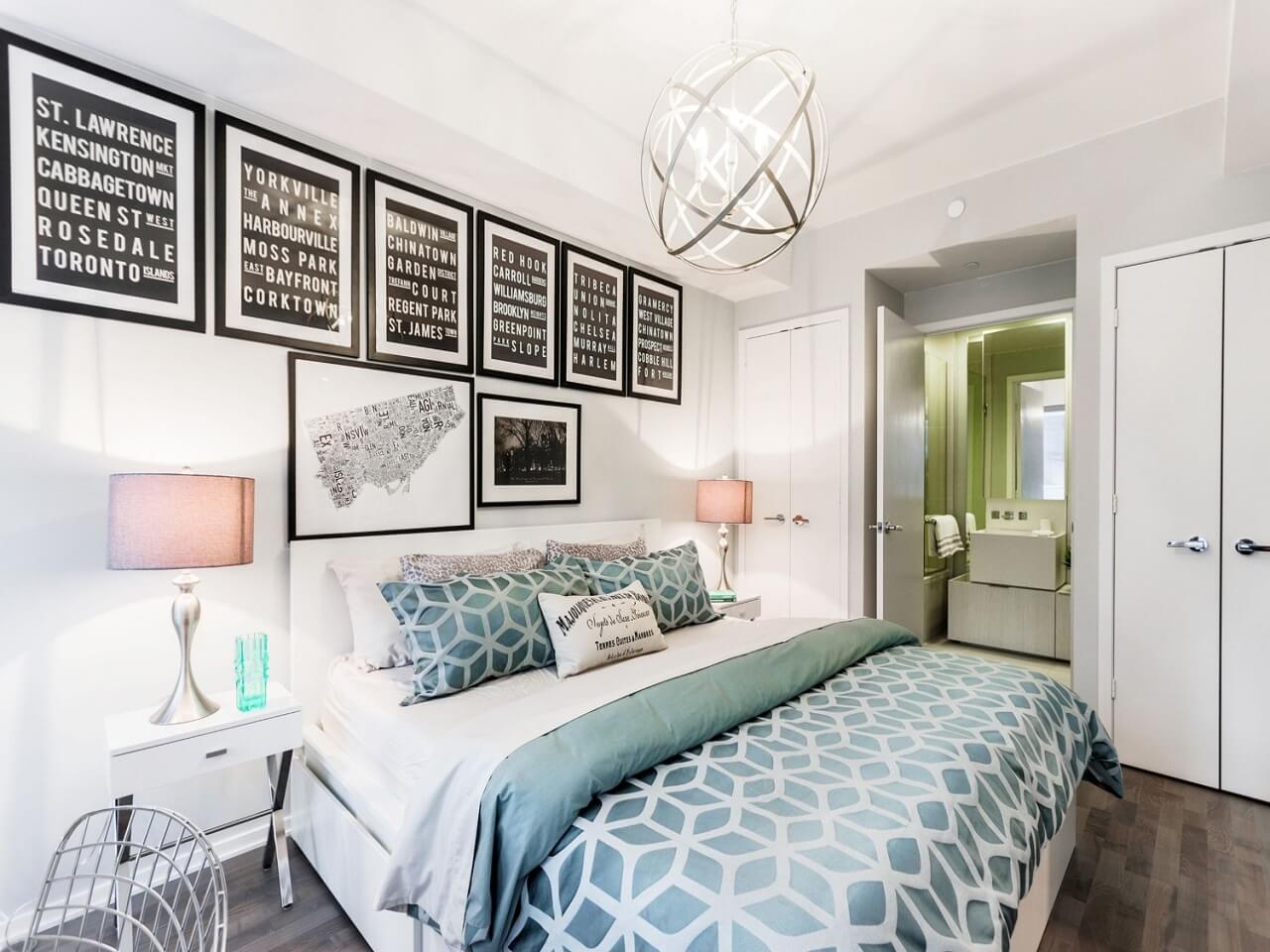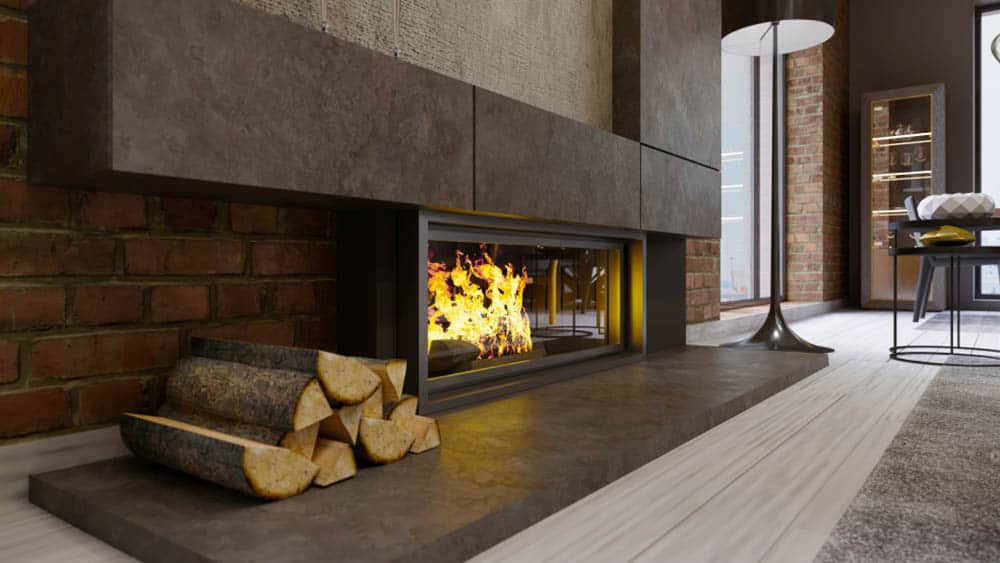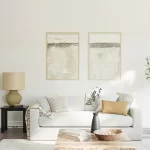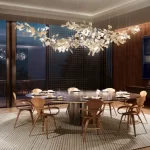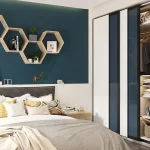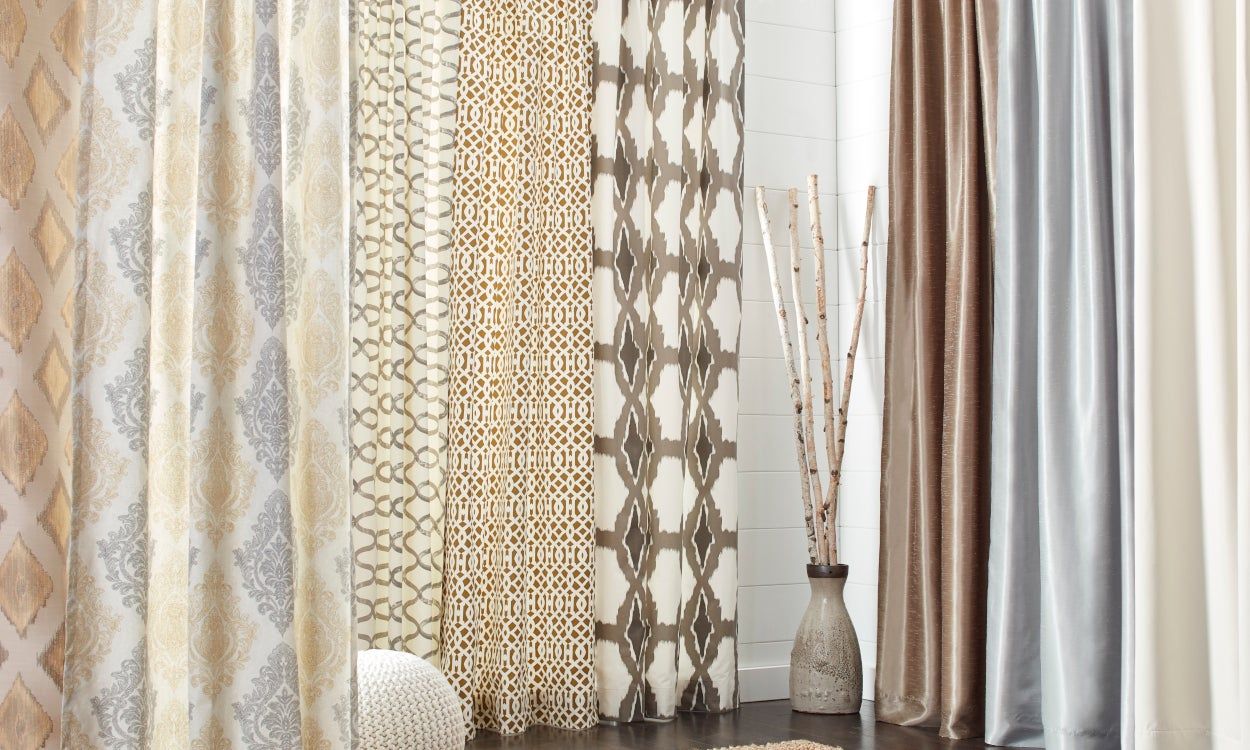Edwardian houses are a testament to an era of architectural refinement and charm. Built between 1901 and 1910 during the reign of King Edward VII, these homes reflect a shift towards Edwardian design, embracing light-filled spaces, decorative details, and a sense of grandeur. Whether you’re restoring a period property or adding character to a modern home, understanding the key features of Edwardian homes can help you recreate this distinctive style with elegance and sophistication.
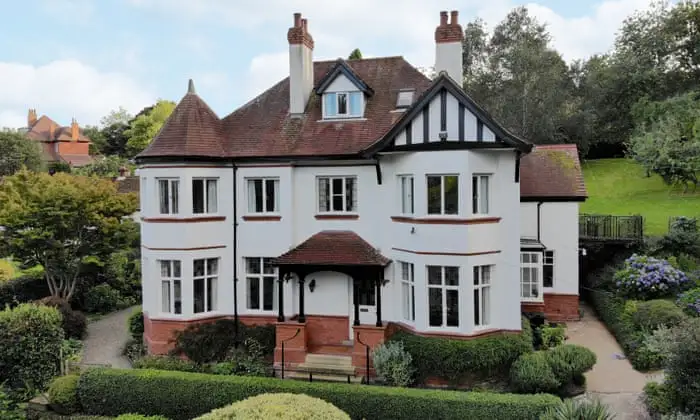
Content
What is Edwardian Architecture?
The Edwardian architecture style emerged as a response to the highly decorative and intricate Victorian era that preceded it. While still ornate, Edwardian houses embraced a more refined, spacious, and practical approach to design. Builders focused on comfort and functionality, incorporating large bay windows, wide hallways, and airy interiors that maximized natural light. The designs often took inspiration from the Arts and Crafts movement, which emphasized handcrafted details and natural materials.
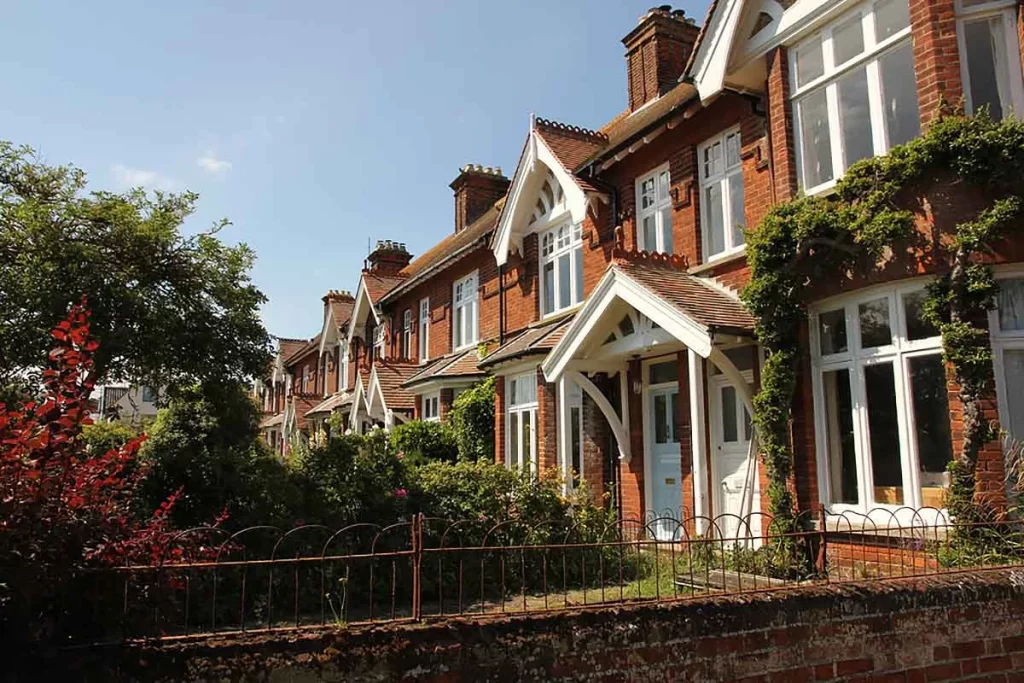
Key Features of Edwardian Houses
- Spacious Layouts – Rooms were designed with high ceilings, large windows, and open hallways to enhance light and airflow.
- Red Brick Exteriors – Many Edwardian houses feature warm red brick facades, sometimes combined with half-timbering or white-painted exteriors.
- Ornate Plaster work – Edwardian design includes decorative plaster ceilings and cornices, often with floral or geometric motifs.
- Bay and Sash Windows – Large bay windows allow ample daylight into living spaces, creating a bright and airy feel.
- Elegant Fireplaces – Fireplaces remained a central feature, often adorned with intricate tiles and wooden mantels.
- Front Gardens and Porches – Unlike the terraced homes of the Victorian era, Edwardian homes often had front gardens, giving them a more suburban feel.
Colour Palettes and Decorative Details
The Edwardian design aesthetic is defined by soft, elegant colours and nature-inspired motifs. While Victorian homes were known for their dark, rich tones, Edwardian homes embraced a lighter and fresher look.
Common Colour Palettes
- Pastel Shades – Soft creams, pale blues, and sage greens were frequently used on walls.
- Floral Wallpaper – Delicate floral patterns and botanical prints became popular, inspired by the Arts and Crafts movement.
- Dark Wood and White Trim – Rich wooden floors and paneling were contrasted with crisp white molding and ceiling roses.
Decorative Details
- Plaster Ceiling Roses – A signature of Edwardian homes, these ceiling embellishments added elegance to living and dining areas.
- Stained Glass Windows – Featuring floral and geometric patterns, stained glass was a popular element in doorways and bay windows.
- Wainscoting and Picture Rails – Wooden paneling and picture rails added texture and visual interest to walls.
Practical Tips for Incorporating Edwardian Design
Whether you live in an Edwardian home or want to bring its elegance into a contemporary space, there are several ways to incorporate Edwardian design into your home.
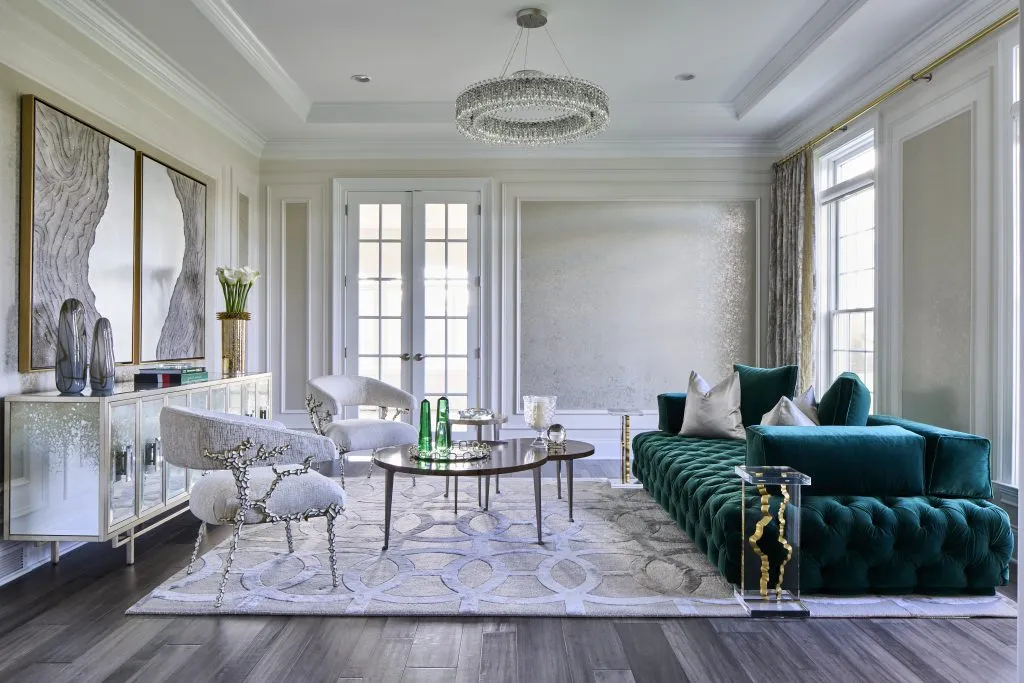
1. Enhance Natural Light
Maximize natural light by opting for bay and sash windows. If you have smaller windows, use sheer curtains or light-coloured blinds to keep the space open and airy.
2. Use Period-Appropriate Colors
Stick to pastel shades for walls and introduce floral wallpaper in key areas like the hallway or a feature wall in the living room.
3. Install Decorative Plaster work
Adding plaster ceiling roses and cornices instantly elevates a room, enhancing the authentic feel of an Edwardian home.
4. Restore Original Features
If you’re restoring a period property, preserve original fireplaces, stained glass windows, and wainscoting. These elements define Edwardian design and add historical value.
5. Choose the Right Flooring
Edwardian homes often had hardwood flooring with intricate tile designs in hallways and entrances. Opt for parquet or herringbone flooring to maintain the authentic look.
6. Incorporate Elegant Lighting
Chandeliers and pendant lights with vintage detailing complement Edwardian design beautifully. Look for fixtures with brass or glass elements to maintain the period aesthetic.
Balancing Edwardian Charm with Modern Living
While Edwardian homes exude historical charm, modern homeowners often seek a balance between classic design and contemporary convenience. Here’s how to merge the two:
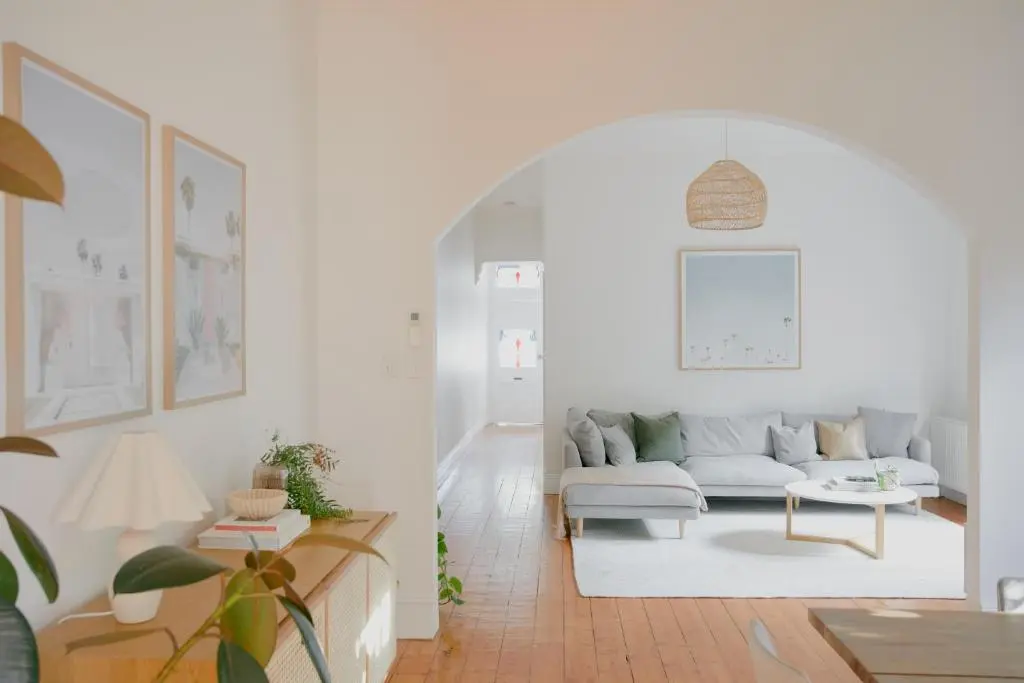
- Open-Plan Living: While traditional Edwardian architecture favored separate rooms, merging spaces (such as kitchen and dining areas) can create a more functional modern home.
- Modern Comforts: Retain original fireplaces and bay windows but introduce underfloor heating and smart lighting for a seamless blend of past and present.
- Subtle Contemporary Touches: Use modern furniture with clean lines but pair them with Edwardian design elements like wainscoting, plaster ceiling roses, and antique mirrors.
Conclusion
Embracing the timeless appeal of Edwardian homes allows you to create a space that is both elegant and inviting. Whether you’re restoring a period property or simply looking to add character to a modern home, integrating Edwardian design elements such as bay and sash windows, plaster ceiling roses, and floral wallpaper will enhance the charm and sophistication of your interiors. By understanding and applying the principles of Edwardian architecture, you can preserve its historic beauty while adapting it to suit contemporary living.

Melissa Day is a dedicated home blogger who has been blogging for over six years. She covers everything home related. Melissa also loves writing posts about her travels to Europe with her husband and two children.
